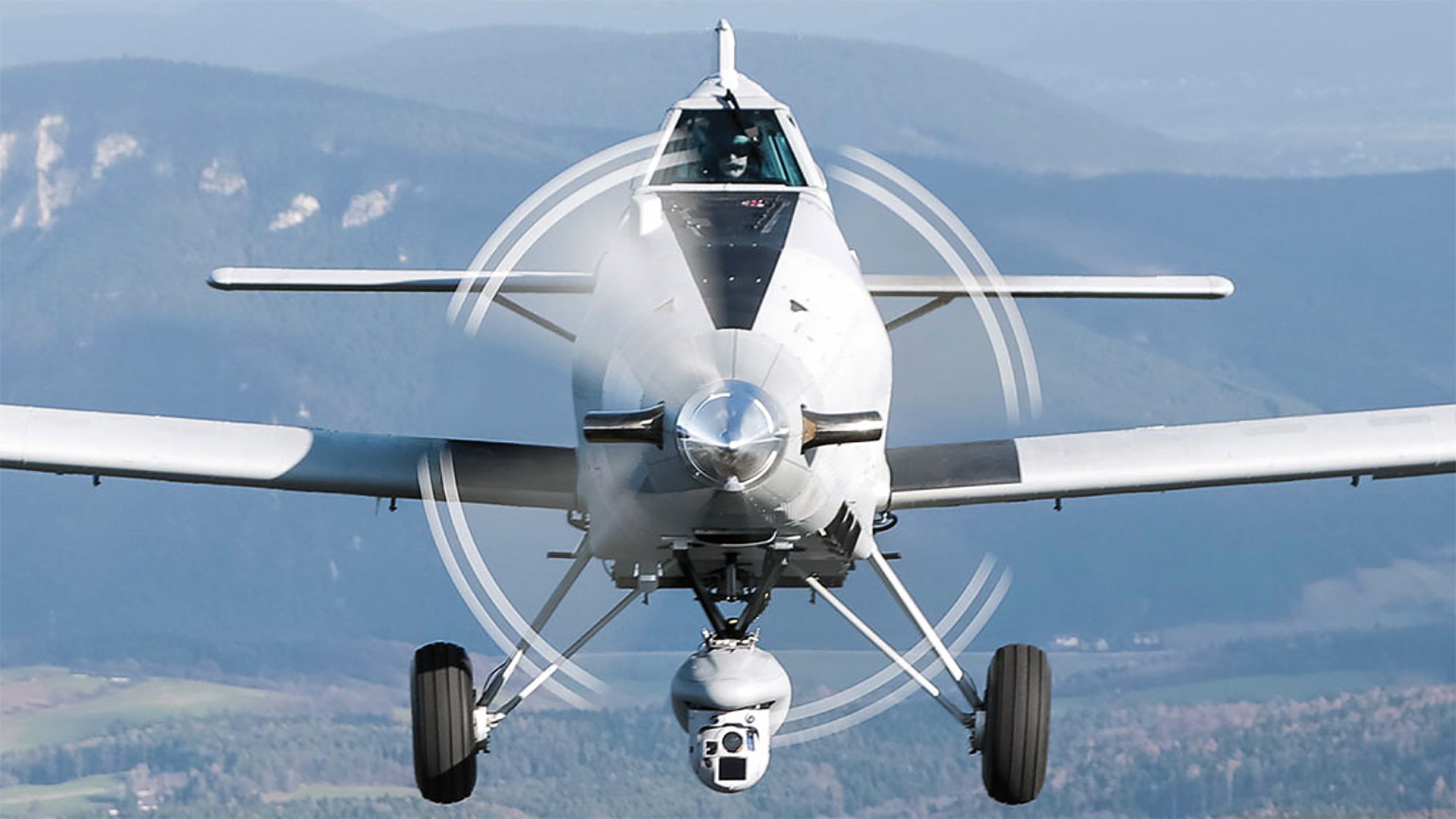Though a debate remains over the exact reasons why, it’s increasingly widely accepted that the United States and its allies are not winning the fight against insurgents in Afghanistan at the moment. One suggestion for how to turn things around – unsurprisingly proffered up by the infamous Erik Prince and Stephen A. Feinberg, the owners of private military company DynCorp – was to dramatically increase the number of contractors supporting Afghan forces. Part of that proposal now reportedly includes setting up a mercenary air wing in the war torn country.
Military Times broke the news that Erik Prince had gone straight to the government of Afghanistan to suggest he could supply a fully-staffed air arm able to provide close air support, intelligence and surveillance, and logistics support functions across the country. Lancaster6, a Dubai-based private military company, would be the actual contractor for this “turn-key composite air wing.”
The new unit would include an unspecified number of A-4 Skyhawk attack jets, LASA T-Bird armed crop dusters, Gazelle and Super Puma helicopters, An-26 light transports, and a drone called Lioneye, which is reportedly a proprietary design belonging to Lancaster6 that can fly for up to 12 hours at a time. Military Times, which did not publish a copy of the proposal itself, did not say where the aircraft would come from, how much the entire package might cost, or how many individuals it would take for the air wing to function as advertised.
There would reportedly be enough aircraft and personnel to provide close air support anywhere in the county within one hour. The attack planes would be linked to troops on the ground in part via an iPhone app called SafeStrike, commercial software that can help deconflict airspace over a given area and mark targets. The proposal insisted that while Lancaster6’s employees would fly all the missions, Afghan authorities would make key final decisions, including about whether to strike or not.
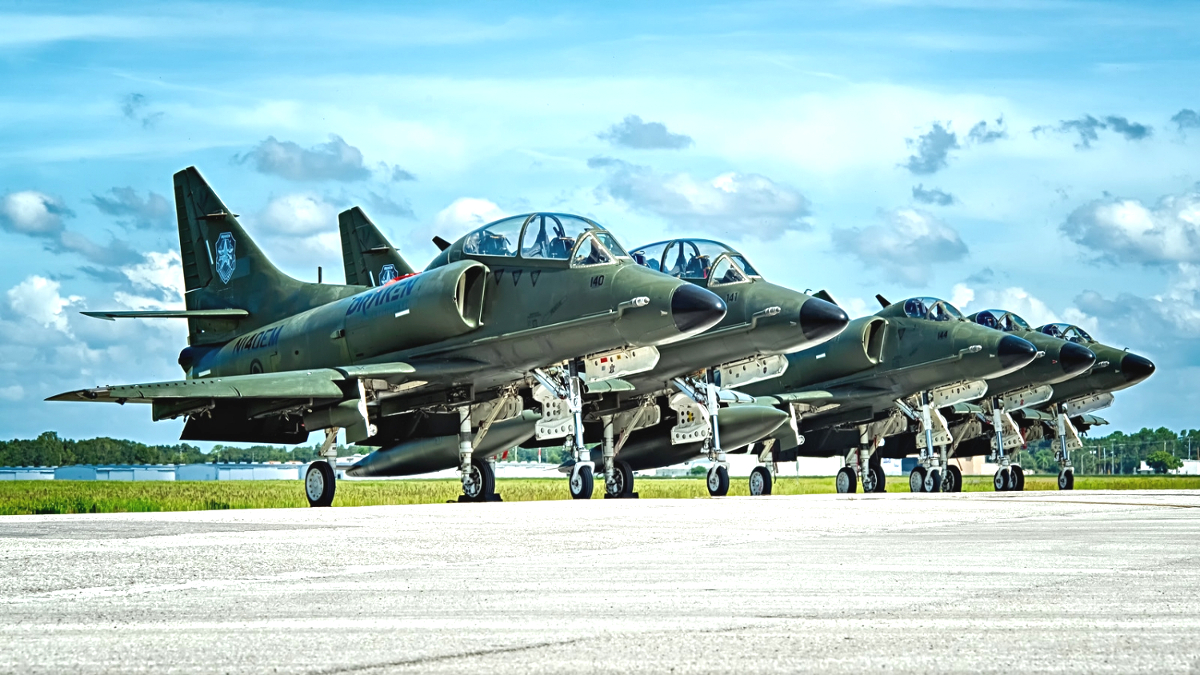
Some of the aircraft and helicopters would also be able to gather intelligence information. We don’t know how Lancaster6 planned to share this information with Afghanistan officials.
Without knowing all the details, it’s hard for us to say how realistic, legally or logistically, this deal might be for any of the parties. It is true that Afghanistan’s Air Force at present, despite more than a decade of investment from foreign allies, lacks the ability to provide critical support for forces on the ground or do so on a regular basis. This can only have limited the ability of the country’s regular military to quickly respond to crises and has likely been a major reason for its dangerous over reliance on better trained and equipped special operations forces.

In theory, a private air arm could give Afghanistan’s military some space to catch up and get its own Air Force up and running to full capacity. Lancaster6’s obvious pitch is that instead of waiting for years to get critical capabilities into place, the government in Kabul could have them immediately. With its own fast moving jet attack planes, airborne intelligence collectors, and extra logistical support, Afghan forces would have more options when planning missions and when responding to time-sensitive situations. If troops know that there is reliable organic air support and improved medical evacuation capabilities on call it could help reduce casualties and improve morale, both of which are perpetual problems for Afghanistan’s security forces.
However, there’s no explanation about how Lancaster6’s plan would be able to do this any better than the U.S.-led coalition’s efforts. Though the overall number had declined in recent years, there has been a dramatic spike in American air strikes in support of Afghan security forces in 2017. Most notably, in April 2017, the U.S. Air Force dropped one of its largest non-nuclear weapons, the GBU-43/B Massive Ordnance Air Blast, more commonly known as the Mother of All Bombs, on terrorists belonging to ISIS’ franchise in the country. This was the first time the United States had dropped this bomb in combat anywhere.
It seems difficult to imagine that Prince’s air wing could provide more sorties than American forces can, though it is possible his force could be more flexible and responsive under direct Afghan control. This in turn, however, raises concerns about the ability of Afghan forces to identify targets and the potential for increased civilian casualties, which could in turn inflame public sentiment against the government in Kabul and the foreign coalition, as it has in the past. Even having well-trained American and other coalition personnel on the ground directly coordinating with Afghan forces has not prevented serious accidents from occurring, such as the inadvertent and immensely controversial strike on the Doctors Without Borders hospital in Kunduz in October 2015.
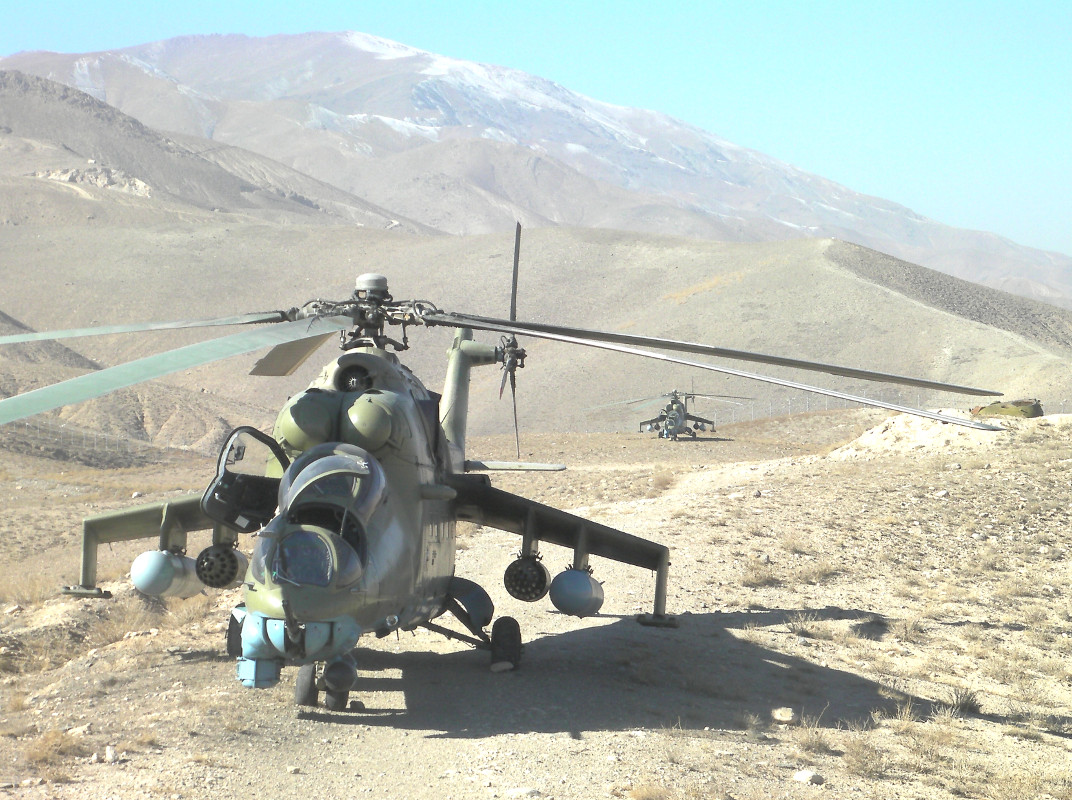
The U.S. military is clearly skeptical of the idea, too, according to Military Times. U.S. Army Gen. John Nicholson, in charge of all U.S. and coalition forces in Afghanistan, has refused to meet with Prince to discuss the plan. If the United States declined to include Prince’s air arm under the legal umbrella of its own activities in Afghanistan, Lancaster6 would have to operate independently within the bounds of both international laws regarding mercenaries and the country’s own complex rules for foreign military contractors.
In 2010, Afghanistan’s then-President Hamid Karazi oversaw the institution of major restrictions on private military companies in the country after accusing these organizations of undermining his government. One of the firms that had to shut down its operations was Erik Prince’s Xe, a rebranding of his infamous outfit Blackwater.
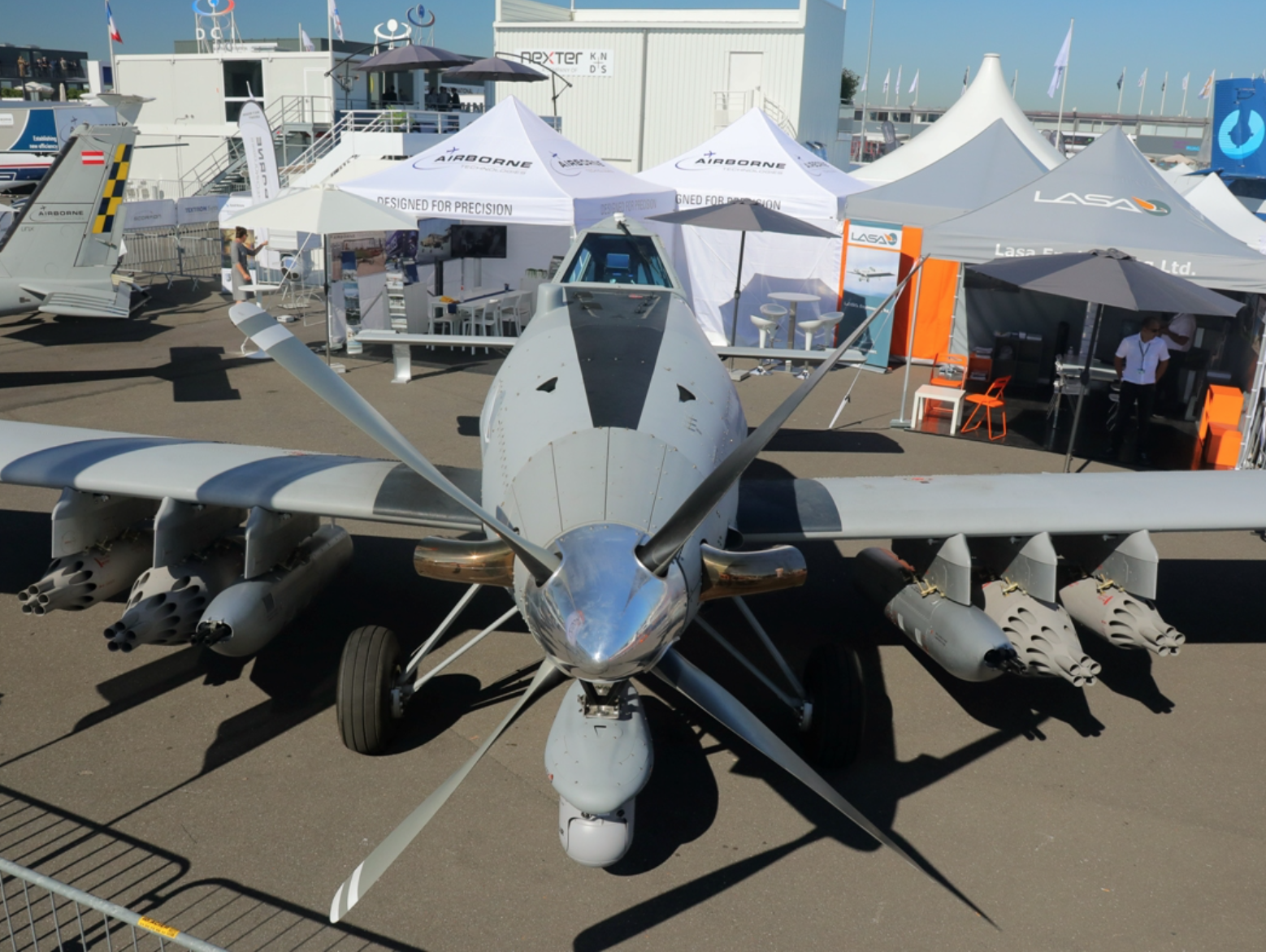
In place of these companies, Afghan authorities established the Afghan Public Protection Force, a sort of dubious public-private partnership that nevertheless became a critical guard force for NATO-run facilities across the country. In 2014, Karzai disbanded this group, possibly because he felt it had become disloyal to him, in favor of a new Facilities Protection Force. Karzai’s successor Ashraf Ghani inherited this arrangement and seems equally wary of foreign private military firms.
“President Ghani has told me he won’t accept it,” Ronald Neumann, who served as U.S. ambassador to Afghanistan between 2005 and 2007 and is now President of the American Academy of Diplomacy, told Military Times. “Afghans will never accept this.”
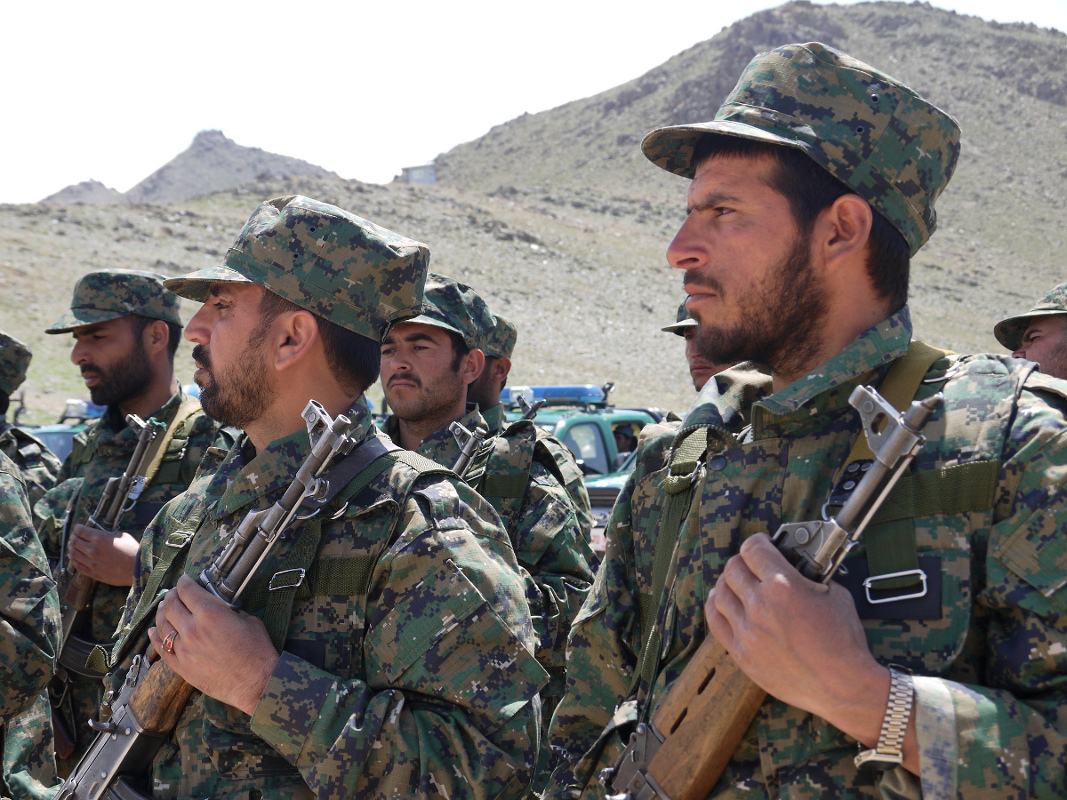
From what we can tell, Lancaster6 itself might not be the best company to change the minds of anyone in Afghanistan’s government, either. Prince’s own relationship to the firm is unclear, but its CEO, according to LinkedIn, is Christiaan Durrant.
Durrant used to be head of operations and aviation for Prince’s Chinese-funded Frontier Services Group. The Intercept and War Is Boring have reported that Prince, via FSG, has attempted to or succeeded in providing dubiously legal private military services in Libya, South Sudan, and Nigeria. Prince himself may be the subject of at least one U.S. government investigation.
Prince and Durrant are also connected to a complex and dubiously legal plan to modify a number of Thursh crop dusters into armed aircraft as part of those deals, which ultimately moved from Austria to Bulgaria after running afoul of the former’s arms export control laws. Those aircraft became the T-Bird, one of the plane’s Prince included in his proposed air wing package.
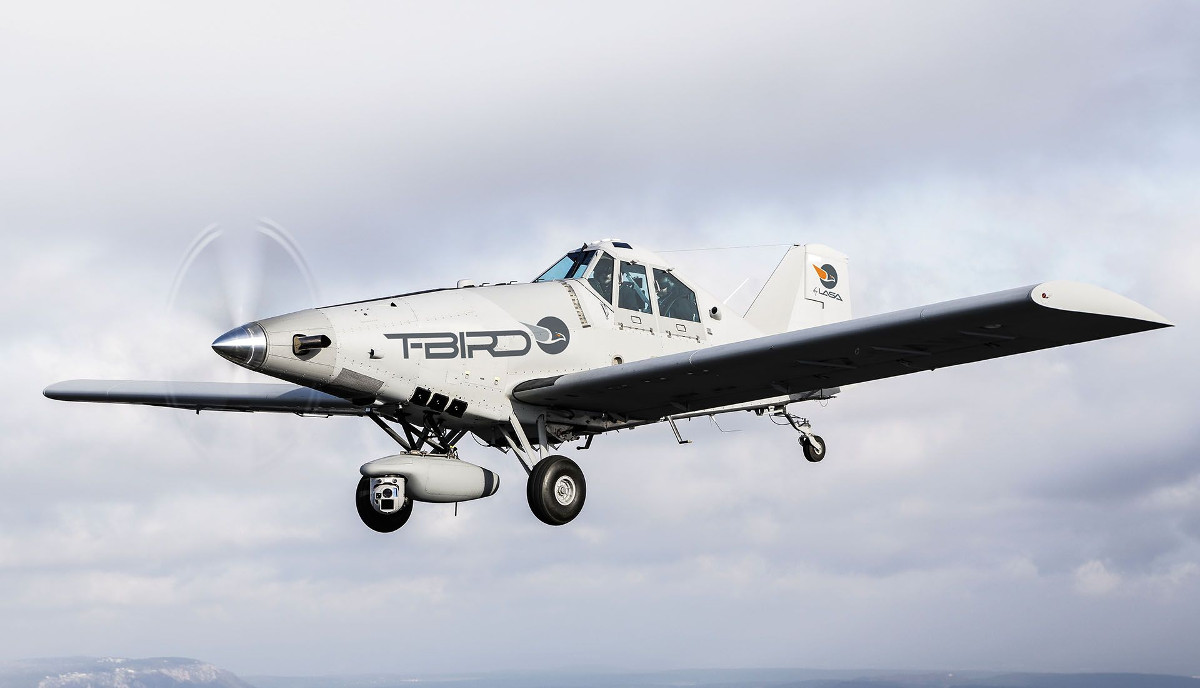
Even if the politics and legal issues were to get smoothed over, there’s just the simple matter of how much the deal would cost and who would end up paying for it. As already noted, the U.S. military remains committed to plans to improve Afghanistan’s ability to operate its own Air Force.
“It cannot be cheaper [than support from existing coalition forces],” Neumann told Military Times said. “This idea that it is somehow cheaper is ridiculous. Any force is going to have the same [support and logistical] requirements.”
If Afghanistan and the United States were to proceed with the existing and equally fraught Afghan Aviation Transition Plan, as well as Erik Prince’s proposal, the government in Kabul and its partners could effectively find themselves ultimately getting one air arm for the price of two. It’s hard to imagine this would be attractive to the United States and its allies who have already spent hundreds of billions of dollars on a conflict seemingly without end and continue to largely underwrite Afghanistan’s military.
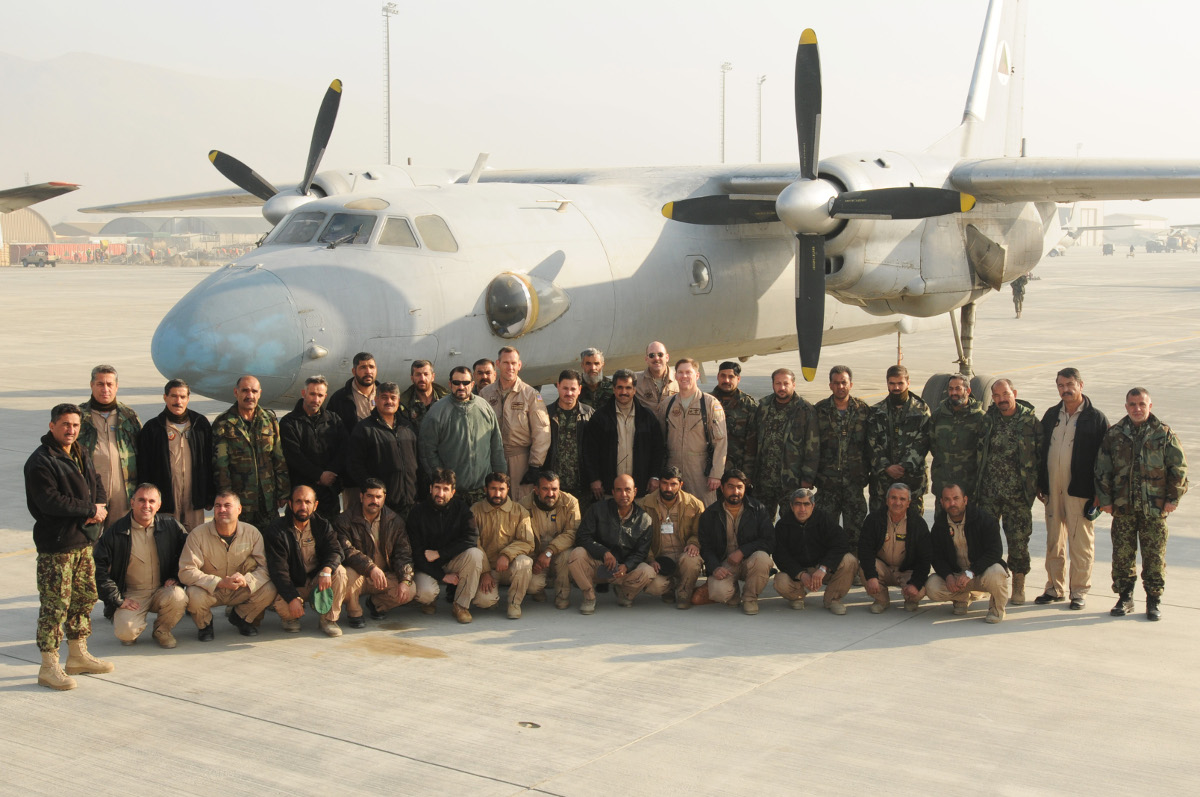
There is always the possibility that Prince and his partners may be able to use their political influence with Donald Trump and members of his administration to advance his proposal. Trump has reportedly been furious with the state of the war in Afghanistan and the general lack of “winning” to the point that he might be considering firing General Nicholson.
Trump also appears to have bought into the possibility that there might be a way to take advantage of the country’s vast and largely untapped mineral resources to help cover or even recoup some of the costs of the conflict. The U.S. government and its allies explored this possibility in detail, even having the U.S. military take part in extensive aerial surveys, between the late 2000s and early 2010s, funneling significant development aid into Afghanistan’s gemstone, marble, and limestone industries in particular.
Security concerns, corruption, and limited existing infrastructure meant it was exceedingly difficult to convince foreign companies to take part in the projects in the past and the situation doesn’t look any more promising now. In its latest quarterly report, published in July 2017, the Special Inspector General for Afghanistan Reconstruction, a top federal watchdog, highlighted a more than 20 percent increase in security incidents amid a broad decline in the country’s gross domestic product.
What the war in Afghanistan really needs desperately is a coherent strategy that clearly explains what winning looks like and how the country gets there. From the available information, Prince’s private air force plan does not help answer either of those critical questions.
Contact the author: joe@thedrive.com
